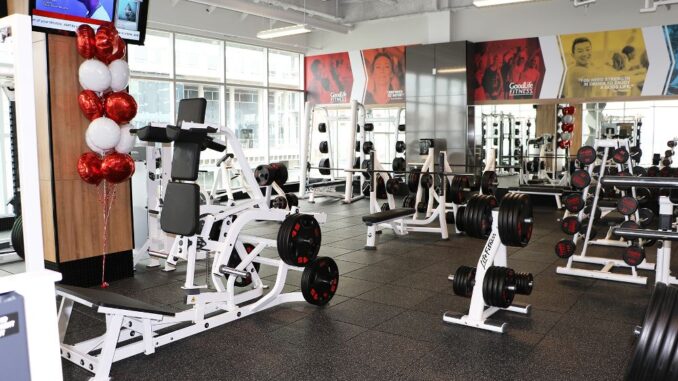
The Fitness industry took a hit last year, being one of the first sector to be shutdown during the pandemic.
It has been a rollercoaster for the industry in Ontario where the government has declared three provincial emergencies.
The worst came on October last year, during the second wave, when restrictions went into effect to close gyms and indoor dining.
Small businesses were hit the hardest.
By-laws have been created to enforce public health measures so gyms are up to health codes.
These by-laws require modifying gyms, which means investing money.
For example, the Ontario “Guidance for facilities for sports and recreational fitness activities during COVID-19” has eight sections.
Section five, “Recommendations for health and safety” has 73 points divided in six sections.
These include preventing infections, which implies purchasing specific cleaning liquids and paper towels.
Or ensuring physical distancing of at least 2 meters which means owners will have to invest in visual ques to guide patrons and modifying change rooms.
Partitions made to separate people, need to adhere to guidance, ensuring that they don’t interfere with ventilation.
According to the Fitness Industry Council of Canada, small businesses in the fitness industry have been able to support themselves (and these renovations) through the CEBA (Canada Emergency Business Account), CECRA (Canada Emergency Commercial Rent Assistance Program), CEWS (Canadian Emergency Wage subsidy) and CERB (Canada Emergency Response Benefit).
But 2021 is singing a different tune for the fitness industry.
According to a Bloomberg article from January 2021, the traditional gym membership spike at the beginning of the year has matched and even surpassed those of years past.
This is a reflection of both online classes and the emphasis on mental health as well as physical health.
A hybrid online/in-person model is being adopted by fitness clubs.
In 2019 only 25% of brick-and-mortar gyms offered online classes.
Today 72% offer on demand and livestream group work outs.
According to Josh McCarter, CEO of MindBody, a fitness booking platform, it’s not about bikini bodies because people don’t know when they’ll go out on vacation again. “COVID-19 has pushed people to think about health more holistically”.
We can see this in the Google searches in the past year.
Gyms have been the epicenter of superspreading events this year though.
At the end of March, the Mega Fitness Gym 24H in Quebec City was the epicenter of an outbreak that infected more than 500 people (224 at the gym, 356 at different workplaces).
According to Professor Linsey Marr, the Quebec City outbreak had all the characteristics of a “classic” superspreading event: a crowded indoor space, poor mask adherence and exercise activities that lead to heavy breathing.
This gym closed on March 31st, when the city was put under lockdown again.
The future is still uncertain for the fitness industry but judging by its current state and the vaccine rollout, it will be booming in no time.
We have the testimony of a small gym owner to attest to this.

Be the first to comment